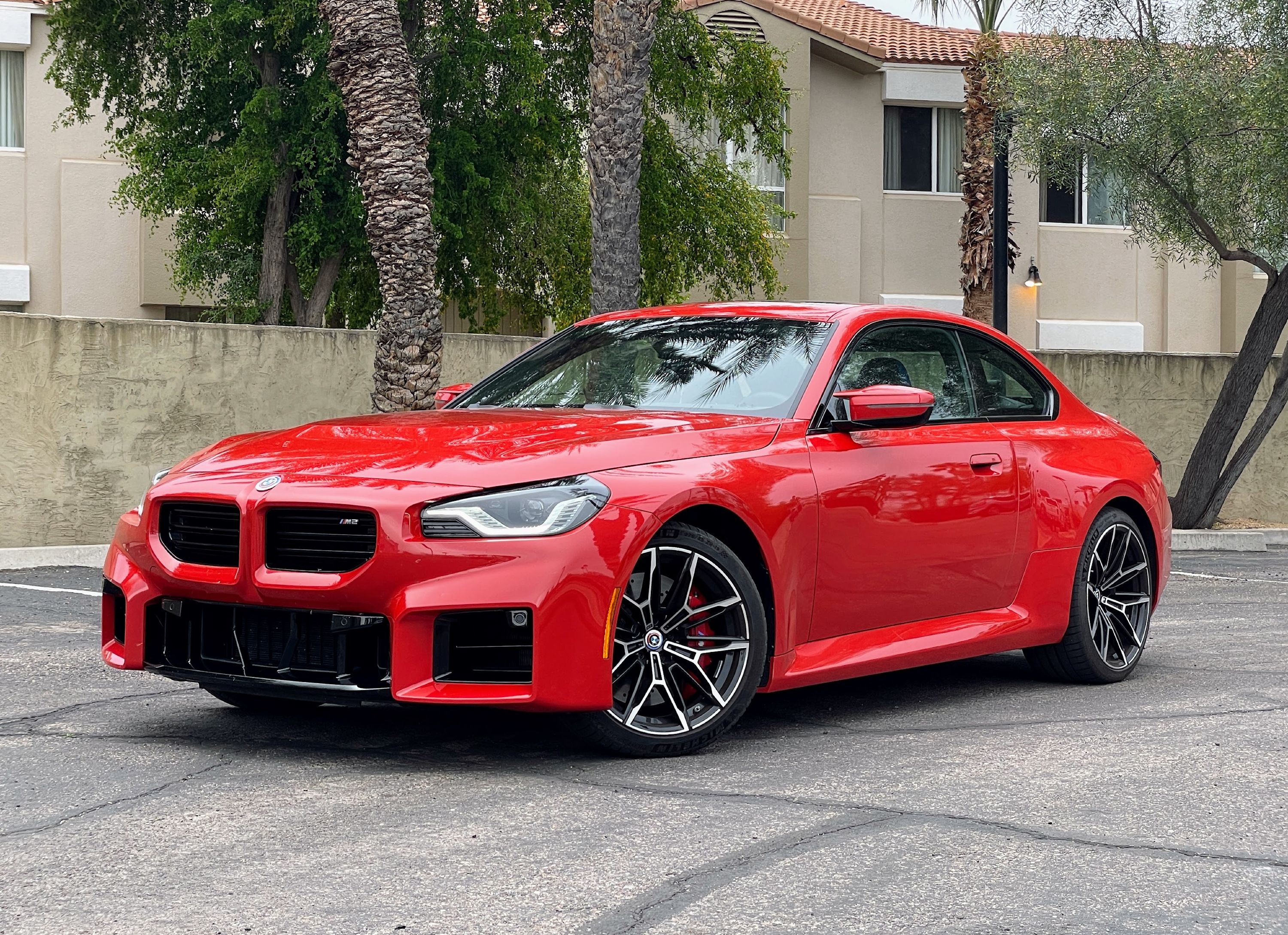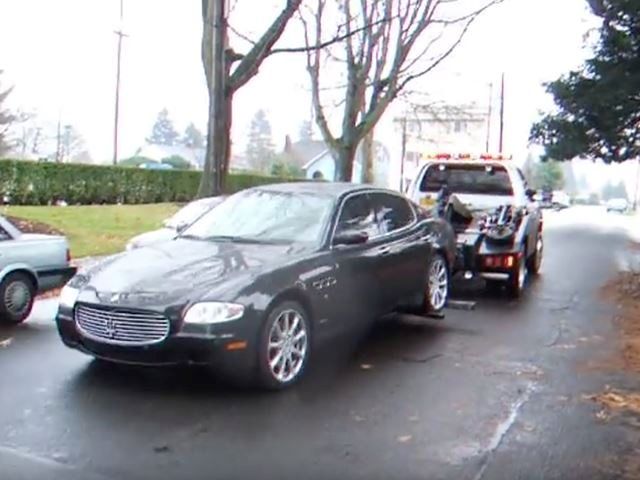
In the 1950s, the American dream consisted of owning a home with a white picket fence, having a college degree framed on the wall, and seeing a sleek new car in the driveway. One by one, each of those pillars appears to be collapsing, the latest of which was signaled by the housing crash of 2008. We now know that the crash was due to subprime loans (cash loaned to borrowers with poor credit history and who are likely to default) doled out by predatory banks who wanted to make a buck by screwing over homebuyers.
That's behind us though because after all, who could be dumb enough to repeat that headache? Well, as it turns out, that's exactly what is happening only this time, the subprime loans are being given out to car buyers. The setting couldn't be more perfect as the luxury car and SUV segment continues to explode. That's not all because the auto market is currently in a period of growth, with 2015 breaking records for car sales that hadn't been surpassed for 15 years. Part of this growth can be attributed to the fact that the economy has recovered from its period of darkness. Also fueling the car sale fire are low gas prices, which are making the entire economy hum as well as free up more cash for consumers to spend on a new car.
While both of these factors contribute to the current period of growth, another component has been the rise of risky subprime auto loans. One would think that we would have learned the first time, but ironically enough, it is the housing collapse of 2008 that has breathed a new life into the subprime auto loan market. Many consumers were left with bad credit scores after the crash, providing fertile ground for predatory lenders. As a result, about 22% of all auto loans made in the US are now of the subprime variety. The typical story goes a bit like this: Joe the plumber lost his good credit score when his house was foreclosed in 2008. To get back on his feet, he needs a car to get to work, but his poor credit is making it hard to find anything reliable.
The only way to get a decent car is to accept a loan as a subprime buyer. Given that these loans are given out to high-risk clients, lenders charge a much higher interest rate. The average annual rate for a subprime loan is 19% and some worst-case scenarios can see rates going as high as 29%. This means that Joe the plumber will be paying more money for a longer period of time on a car that is worth much less. Using our average interest rate of 19%, that means that for a car worth $20,000, Joe the plumber will end up paying $31,129 at the end of a 60-month loan. Using the interest rate from our nightmare scenario, Joe would have to cough up $38,090 for the same car that lists for $20,000.
If this sounds like the very definition of getting screwed over, then you ain't seen nothing yet. Many times, buyers can't afford the monthly payments on loans with such high interest rates, meaning the loan period has to be extended, forcing an individual to be trapped under debt for a longer period of time for an asset that depreciates quickly. Dealers who are in the business of subprime auto loans also tend to add senseless markups to their cars simply because they can. With no other options, buyers will sign their lives away for a chance to get to work on time. To make matters worse, this scenario is a dream to some buyers who've been coerced into these types of loans because it assumes that nothing goes wrong in the process.
Typically, lenders will react harshly for missed payments and in some cases, will install kill devices in the cars that will prevent it from starting if payments haven't been made. Repossession also becomes a possibility and with such rigid loan agreements, this is a common course of action. The National Alliance for Buy Here Pay Here dealers reported that in 2015, 31.45% of buyers defaulted an average of 7 months into the loan. If a car is repossessed, this doesn't always mean that the buyer is free from payments. Lenders can still go after buyers if the car is worth less than it was sold for, saddling them with more debt for a car they can no longer drive while selling said car to another buyer and make a profit again, continuing the cycle.
Of course, the intent isn't just to screw over as many people as possible; there is major money to be made. Just as with the crash of 2008, these subprime auto loans are being packaged together and sold Wall Street investors. Reminiscent of the crash is the fact that this business is growing quickly. Mother Jones reports that in 2009, $3 billion worth of subprime loans were sold to investors and by 2014, that number had ballooned to $22 billion. This has led many to believe that there is another looming bubble about to burst. Don't panic and go put all of your money into gold or Bitcoins though because as you might have guessed, the difference between the cost of a home and a car means that if a crash were to happen, the impact would be much less severe.
Recently, auto loan debt has exceeded $1 trillion dollars, but that number pales in comparison to the $8.4 trillion dollar mortgage debt. Additionally, much of this debt comes from non-prime, prime, or super prime loans (buyers with okay to excellent credit) so the chance of them defaulting is much lower. Thing is, even these buyers are taking out more cash for cars in exchange for IOUs. In most cases, buyers will take on a loan with the same monthly payment for a longer term in order to afford a pricier SUV or luxury car. These long-term loans may not constitute too large a risk, but the increase in people willing to get into debt for a more expensive car could be driving car prices up a bit.
Additionally, since buyers that wield long-term loans have more incentive to hold onto the car for longer, it could mean that automakers will see trouble a few years in the future when consumers hold out longer to buy cars. Despite all the variables, many analysts don't think we are looking at a potential bust because the uptick in car sales is consistent with the rate that the economy has sped up. Despite the tangle, there would be a silver lining if the auto loan bubble were to burst because a crash would mean that repossessed cars would flood the used car market, driving prices down and enabling us gearheads to snatch up our dream rides for cheaper. In either case, it's best to live within your means, even though the BMW M2 is a bit too tempting.

